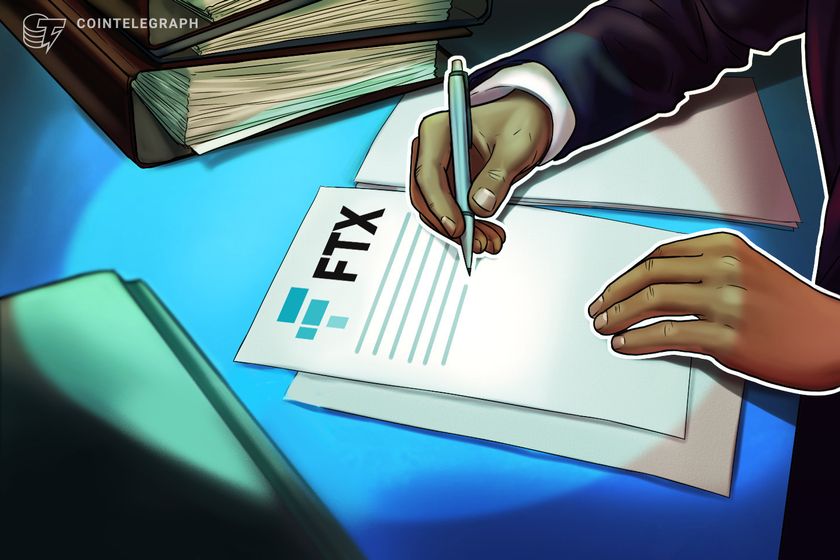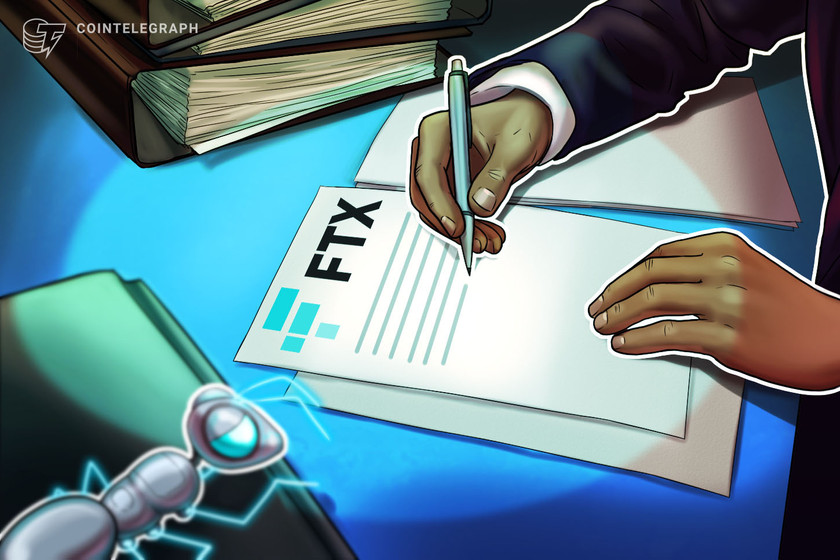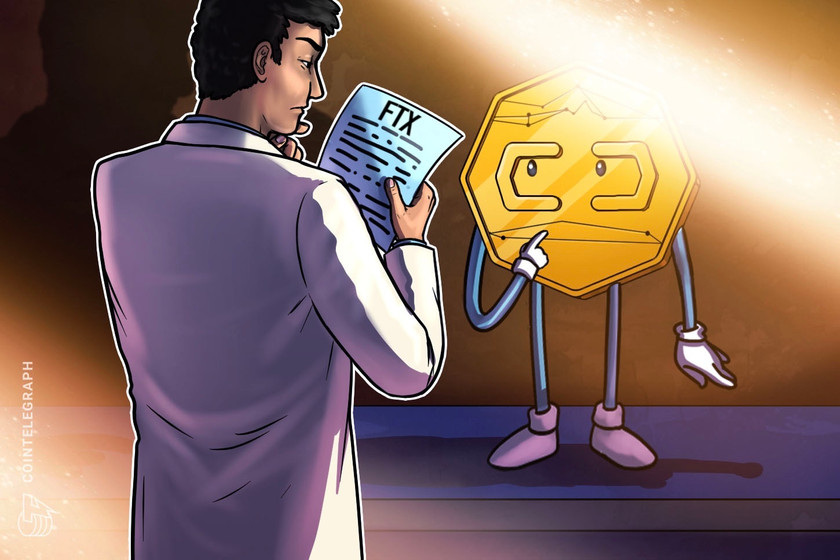Hut 8 agrees to develop mining site to build equity with Celsius creditors


Hut 8’s new mining site in Cedarvale, Texas, will house almost 66,000 miners and be powered by more than 215 MW of energy.
The Canadian Bitcoin (BTC) mining firm Hut 8 has signed an interim agreement to launch a new mining site in Cedarvale, Texas, in connection with the Celsius Network bankruptcy proceedings.
Announcing the news on Dec. 18, Hut 8 said that the mining site will house almost 66,000 miners and be powered by more than 215 megawatts (MW) of energy.
Hut 8 president Asher Genoot said that the agreement targets a “twofold” goal, which is to build equity with creditors of Celsius while also growing the strength of the managed services business. “We anticipate having more than 895 MW of infrastructure under our umbrella once the site is up and running,” the executive noted.




















